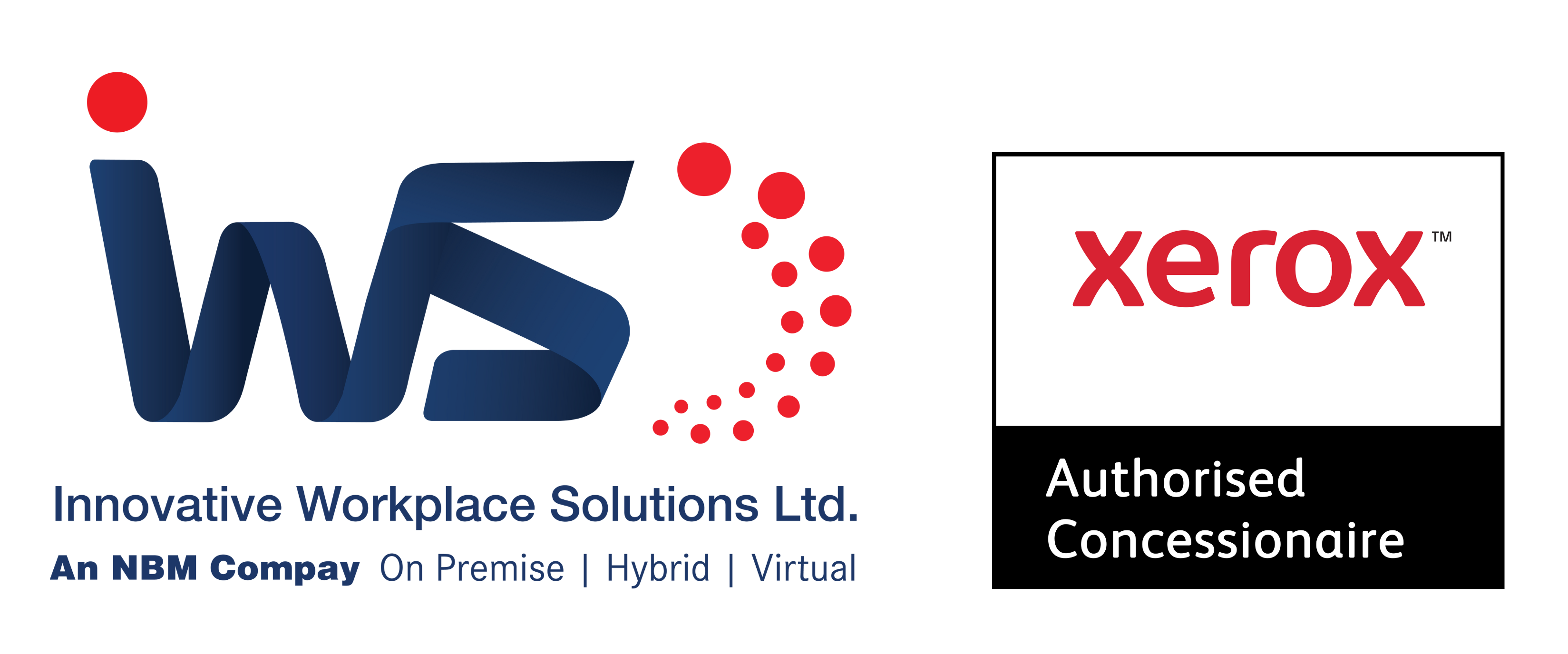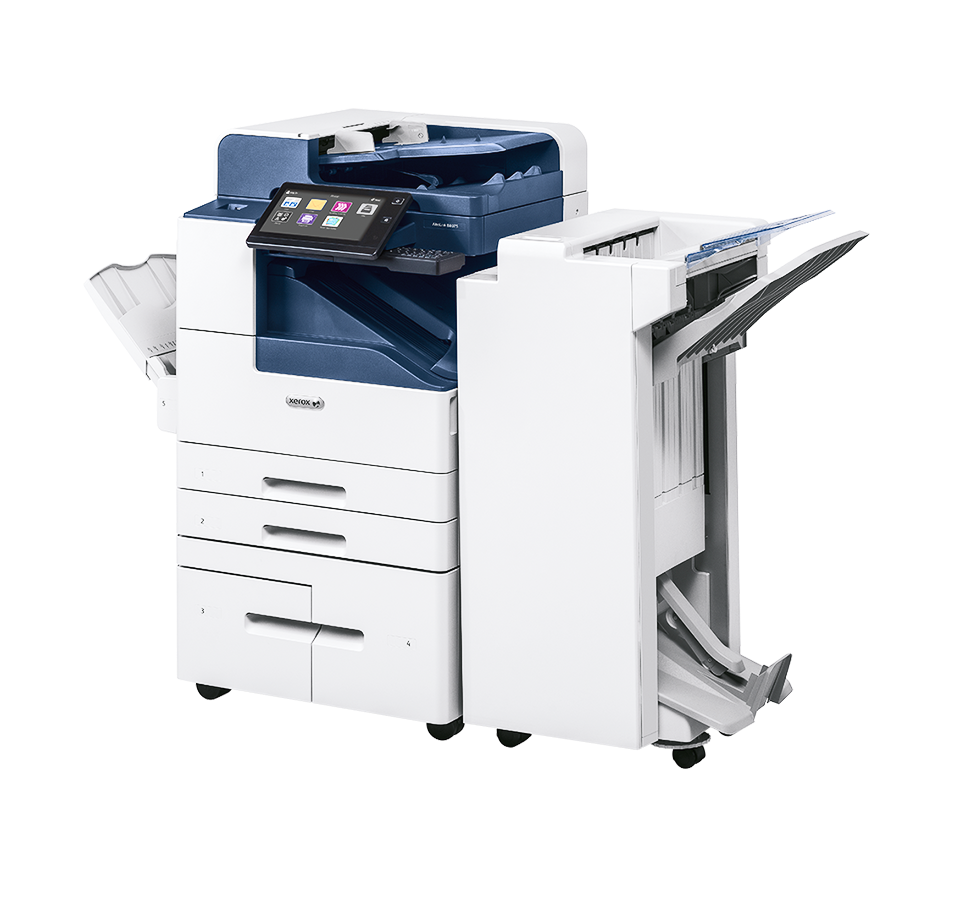What to consider when selecting a printer for your business?
The type of printer you’d pick up at an office supply store is not going to cut it for business use, at least in most cases. Even small offices usually need far more sophisticated machines for efficiency and productivity.
Most businesses opt for networked printers in Ireland that can be shared by multiple users, rather than individual printers for each desk. These machines save resources and tend to last much longer than out-of-the-box varieties. They also offer faster printing speeds, better handling and advanced finishing options. Most are also capable of copying, scanning, emailing and faxing.
Networked business printers in Cork are available in hundreds of models and in varying types, all with different features and capabilities, which can make the buying process daunting. They can be wired or wireless; laser, LED, inkjet or solid-ink; and monochrome or colour. Some are compatible with mobile printing, while others are not. You’ll also find wide variations in cost.
Laser and LED printers
Both these printers are very similar, are by far the most popular in offices. Using a light source, they project an image onto a rotating drum, which then transfers toner to the paper. These are reliable and fast, and they produce high-quality text. The memory and hard-drive capabilities are ideal for networking. Ongoing costs are reasonable because toner is relatively inexpensive compared with other methods of printing.
Mobile Printing Machines
Most of us rely on wireless digital color printers in Cork for home use. Why worry about connecting your computer when you can print from anywhere? However, wired connections are typically faster, more reliable and far more secure, all of which are important in business environments, where printers are used more often and by more people at once. Wireless setups, on the other hand, are more flexible, along with being less expensive to deploy. They are also compatible with mobile devices such as smartphones and tablets.
In our increasingly mobile world, many businesses in Waterford —particularly large enterprises —are choosing to install applications that allow mobile printing either by connecting the device to the printer or using a Wi-Fi or Bluetooth connection. This is often referred to as cloud printing or mobile printing. Not all printers in Waterford are compatible with this emerging technology, but it’s something to consider if you have a highly mobile-reliant workforce. Some office printers in Waterford are also compatible with mobile-printing technologies such as Apple AirPrint, HP ePrint and Google Cloud Print, but that’s something you’ll need to verify.
Color vs. Monochrome Print Machines
If you’re solely searching for managed print solutions in Ireland to print simple business documents in plain text —spreadsheets, memos and letters —monochrome is probably fine. If you need to print graphics, custom logos or documents with charts and other visuals, you’ll want to go with a color printer. Monochrome printers in Ireland still sell surprisingly well because they cut ongoing costs, but keep in mind that you’re likely stuck with the printer you choose for many years. If you need the ability to print color in the future, you’ll have to find another source.
Business Printer Features
One of the first things to consider when it comes to features is whether you need a single-function or multi-function printer (MFP). Just as it sounds, single-function printers do one thing: print documents. MFPs are capable of many other tasks, including scanning, copying, emailing and converting documents. Different models combine different features.
MFPs are cost-effective because you avoid having to purchase multiple machines, and they take up less space. They help streamline document management and business workflow because you can fax, scan and email documents all from the same machine. However, they’re more expensive. And if one person is using the machine to print, for example, another employee will have to wait to send a fax, make a copy, etc.
Next, consider printing speed and volume, which have a significant impact on price. Generally, print speeds of less than 20 pages per minute (ppm) are too slow for office environments; speeds of 20 ppm to 40 ppm will suffice for most offices; and speeds above 40 ppm are ideal for high-volume use. Some of the most sophisticated machines reach 100 ppm, although this is far more than most small businesses need. Print volume can range from basic models that hold just 100 sheets in the tray and 250 in the cassette to MFPs that hold 500 sheets in the tray and 2,000 or more in two or more cassettes.
Memory is an important consideration, too. Most office printers range from 64 MB to 256 MB of RAM, although some higher-end printers allow you to add additional memory if needed later.
Additional features you might want to consider include:
- Automatic two-sided printing—Also known as duplexing, print on both sides of the paper without reloading the machine.
- Automatic document feeders (ADF)—Scan, copy, email and fax documents with multiple pages.
- Multipurpose trays—Print on specialty paper such as envelopes, postcards, business cards, brochures and large paper.
- Dots per inch (dpi)—The number of dots per square inch the printer can fit on a piece of paper. The higher the number, the sharper documents and images will be.
- USB and card readers to print without a computer.
- Interactive touch-screen controls for ease of use and convenience.
- Energy Star compliance for reduced operational costs.
Networking Options
- Sharing a printer among as many employees as possible makes practical and financial sense. To do this, the printer must be connected to your office network, which allows users to print to a single machine from their respective desktops, laptops, mobile devices and, sometimes, remotely.
- There are two ways to go about connecting a laser printer to your office network: buy a printer that has built-in networking capabilities or attach a printer to a dedicated print server. Printers with built-in capabilities are simpler to connect but will likely cost more. Either way, you can either hire an outside vendor to do the setup (if it is not included in the purchase or lease price), or rely on your internal IT staff (if you have one).
- Many offices in Limerick need more than one printer. Only so many employees can rely on the same printer without running into logjams, so businesses often choose to buy a laser printer for each department, group or team. Separate printers in Limerick can reside on the same network, allowing employees to switch back and forth among them. This is particularly helpful if employees need to switch from a monochrome machine to a color machine, for example. Or, you can use subnetworks that allow certain users access to only certain printers. These are sometimes used to limit or restrict access to color printers because their operating costs are so much higher.
Ah, the magic question: How much will I have to spend? This is a difficult question to answer without knowing the specific needs of your business, but we’ll give you a general idea of what to expect.
You can purchase a basic home printer for less than €100 these days, but don’t expect business printer prices to be comparable. Business-quality printers Ireland are far more advanced and sophisticated, and the price reflects that.
Basic inkjet printers designed for very small businesses start in the €150 to €300 range, but these are not robust enough for most offices. Sure, they’re an option if you’re on a very limited budget, but also factor in the total cost of ownership, which includes ink replacement. At a certain level of printing volume, the cost of an inexpensive inkjet plus the cost of ink exceeds buying a more expensive laser printer that has low ongoing costs.
The most basic color laser printers in Ireland start at €300, but models that are suitable for small to mid-size offices usually cost €750 to €3,000. High-end laser printers with networking capabilities often cost €5,000 to €10,000 or more.
Leasing vs. Buying your printing solution
Many businesses choose to lease digital colour printers in Cork ratherthem buy them outright. This saves upfront expenses —you pay little or nothing down —and it allows you to trade in the machine every few years for a newer or better-suited model. You wouldn’t lease a €300 inkjet printer, of course, but it begins to make sense when you’re talking about laser printers in Cork that cost thousands or tens of thousands of dollars. One thing to note, though: leasing is more expensive in the long run because of the leasing/financing fees.
Lease payments are spread out over a period months, usually 12 to 60. The longer the lease term, the lower your monthly payments will be.
Printer Maintenance and Service
Laser printers require regular maintenance, including cleanings, inspections and replacement of worn and faulty parts. Regular maintenance helps prevent unexpected breakdowns, and it extends the life of your machine.
Most manufacturers and sellers offer maintenance and service agreements for an additional fee. These typically cover the cost of office visits for regular service and maintenance, as well as replacement parts such a toner and drums. Some sellers charge a fixed yearly rate, while others price their plans based on your print volume. A standard rate based on print volume is 1 or 2 cents per page. Many manufacturers offer discounts if you purchase the plan when you buy the machine, rather than waiting until the warranty expires, or if you pay for multiple years upfront. Keep in mind, too, that the price of service plans increases after the warranty expires because you’ll have to pay the vendor to make sure the machine is in good working order.
You don’t have to purchase a service agreement —a seller shouldn’t force you —but it’s wise. You won’t have to deal with unexpected repair costs down the road, and you’re likely to get faster service if the machine malfunctions.
Before you sign a service agreement, read the fine print to find out exactly what it covers. Some do not cover what is considered routine maintenance, and the definition of that can differ from one company to another. Others will not cover items such as toner. Also, don’t be afraid to ask detailed questions. If the printer breaks down, what is the procedure for requesting a service call? How long does it take for a technician to arrive? Are parts and components kept in stock to speed along the repair process?

